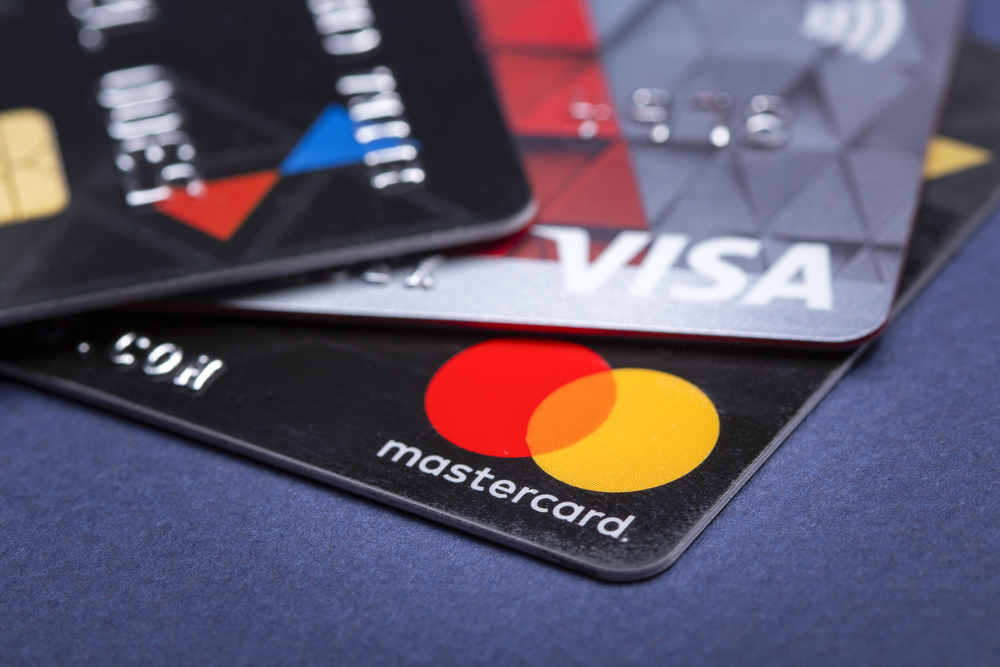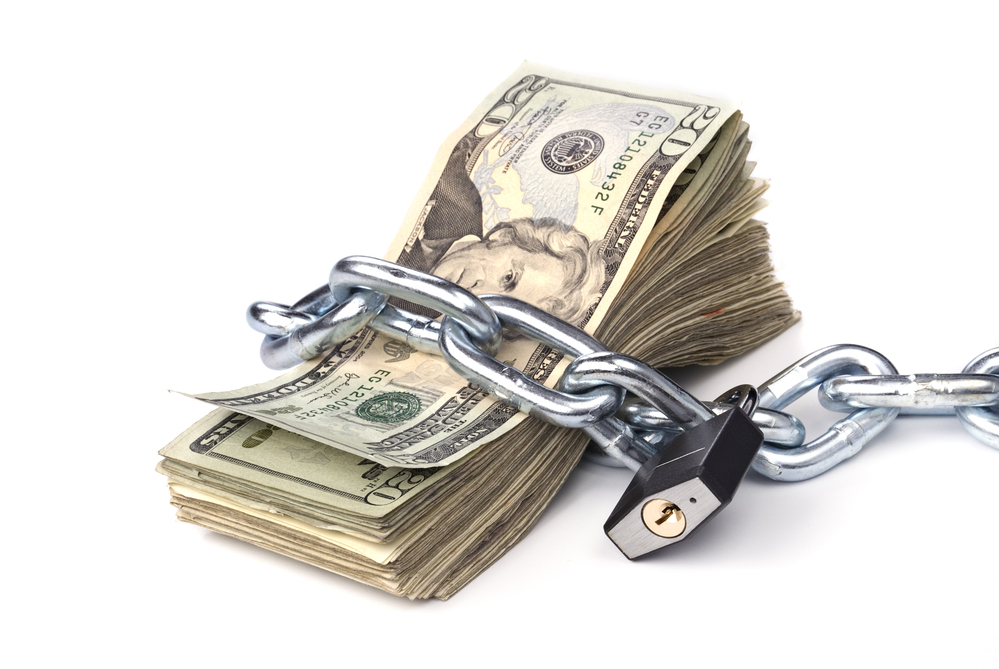
When A Low-Risk Business Becomes A High-Risk Merchant. Follow This Advice.
Feb 25, 2020 6-MINUTE READ
Risk is inevitable so here's how to prevent your merchant account from being frozen or outright closure.
Are you a low-risk or high-risk merchant? It’s not always obvious to some entrepreneurs.
Although being classified as a high-risk merchant can change available options for accepting payments on your website. There are merchant categories that are blatantly obvious (e.g. CBD oil, e-cigarette, spy camera, survivalist gear, supplements and nootropic products). While some online sellers assume that their products are harmless, but they are not.
If you’re an online merchant, it’s time to assess your business model and products. You may be unaware that you are a high-risk merchant. You may not even know it until your payment provider tells you so and you’re unable to secure payment processing capabilities for your website. In this post we will provide guidance if you’re unsure where your business model stands. By the end of this blog post, you will be able to determine your risk level and find a suitable payment solution for your business as you scale.
When merchants are unaware of their risk level
Several months ago, a MATCH-listed online business owner came to us for help. His former payment provider terminated his account. He had a high-risk business model — an online business coaching product with ticket prices up to $2500. But he had no idea he was a high-risk merchant. He was unaware of this given he had been processing online orders for eight months.
The problem arose when his member’s area portal wasn’t allowing users to login. No one in his tech department noticed the issue for a few days. As a result, customers were unable to login and get access to the content. Too many chargebacks emerged as customers thought they were being scammed. Specifically, USD $13,000 worth over a total sales volume of $100,000 in one month. All this despite attempts to reach out to customers and offer refunds. Worse, the merchant got processing through his local bank. The institution wasn’t prepared for high-risk activity. Or, the influx of chargebacks, as they did not understand the issue to begin with.
The characteristics of a low-risk merchant
Low-risk merchants pose a small threat of liability to acquiring banks and payment providers. They sell their products or services for small or mid-level prices (e.g. $10, $25, $50), are usually not luxury items and do not offer subscription services. Generally, merchants’ business models are within industries that are not politically charged or heavily regulated (the way that legal marijuana and adult content is for instance).
Examples of low-risk merchants in e-commerce include:
- Clothing stores
- Household items
- Baby products
- Shoes and accessories
- Books
- Office supplies
Don’t get us wrong. Low risk merchants are not immune to fraud or chargebacks. However, an acquiring bank won’t be as alarmed if a couple $20 physical goods are refunded versus a $500 item.
Given the low risk level, your payment options are pretty open. You can partner up with a local financial institution or online payment provider like PayPal and Stripe. The benefit of being low risk is you will pay lower discount rates and fees. Also, you may not be subject to a reserve from your payment service provider. Reserves are assessed on merchants who may have higher liability than the payment provider is willing to cover. Usually this can be between 5-10% of monthly sales volume that is collected for 3-6 months.
The characteristics of a high-risk merchant
Do your individual ticket prices go upwards of $500 or higher? Is your monthly revenue going beyond USD $25,000 or more? If so, and your business often has monthly chargebacks, then consider the possibility that you may be a high-risk merchant.
Merchants that fit into the high-risk e-commerce category include:
- e-Cigarettes and other vape-related products
- Software providers
- Adult entertainment websites (e.g. tube, cam and video membership sites)
- Digital products
- Virtual courses such as business opportunities
- Subscription services or boxes
- Luxury products that are authentic brands
- CBD oil
- Gambling (e.g. sportsbetting, online casinos)
- Supplements whether they are targeted toward weight loss or other health related topics
- Financial services (e.g. credit repair)
Other characteristics include business categories considered politically charged or heavily regulated (such as cannabis).
Chances of approval are higher with low liability
A poor credit rating and little to no processing history won’t help startup merchants of any risk level. If you’re a high-risk merchant, chances of payment processing approval are slim.
Don’t bother going to a local low risk bank unless you know for a fact, they will accept a high-risk merchant and can understand your business model. Local institutions are more likely to scrutinize your background. Worse you could have approval to process orders, but then get shut down within a month. This translates to lost sales and customers. Acquiring banks want to work with legitimate businesses and on a long-term basis. Interest will decline if your company poses a risk of excessive fraud, bankruptcy or government monitoring.
And, sale settlements from an acquiring bank will go unpaid if the liability is too much. This is why fees are often higher. So, consider outsourcing your next merchant account application to an expert payment service provider. They understand the complexities of a high-risk business better than you will. They can set you up for success to avoid the headaches of merchant account closures, MATCH or TMF.
If you’re interested in learning more about the various techniques you can use to prevent chargebacks, read our blog article that goes into further depth here.
Both low and high-risk merchants come with their own risks
Risk is the one thing that low and high-risk merchants have in common. Most merchants will do anything to get away from a high-risk label. But even being low risk comes with its own issues.
For example, a chargeback that occurs for a high-risk merchant is a little more expected. High-risk merchants tend to deal with this more efficiently. Compare that to a sudden chargeback or two on otherwise clean processing history for a low-risk business. The provider may overreact by closing or suspending your account.
Due to expertise, acquiring banks, card networks and merchant service providers recognize even the smallest of red flags in your account.
Key strategies to ensure merchant accounts don’t get shut down
These are helpful steps whether you’re low or high risk, and prevent getting on the bad side of acquiring banks.
1. Focus on developing a stable stream of revenue day to day.
It’s important for any high-risk merchant to demonstrate they have a stable company. Having inconsistent sales that are high one week then non-existent the next is often a quick red flag for banks.
2. Control fraud and chargebacks before they get out of control.
Any high-risk merchant should implement anti-fraud measures. Use fraud prevention techniques like implementing 3D-secure if high-risk orders are really out of control. You can also set rules in your CRM and via third-party fraud analytics software. Doing the latter can regulate the number of times an individual credit card number is charged. Or, even blocking certain suspicious card numbers or IP addresses can be helpful.
3. Make sure you and your staff are trained to recognize risk.
Build a strong customer service channel to reinforce operational and business management processes. Your best agents should be ready to receive inquiries through a local toll-free number. And, the number of days for a refund should be reiterated so the customer doesn’t get impatient and ask for a chargeback.
4. Come up with sound supporting documents (like invoices and agreements).
These will prove to acquiring banks that, although you may seem higher risk on paper, in reality, you keep risk low. For example, imagine you own a travel touring company that gets most of its business during specific seasons. It may seem high risk on paper due to the inconsistent sales. In reality you can show sales over six to 12 consecutive months. You can also offer partnership agreements with suppliers. Or, signed invoices from customers that paid and used your services. Plus, you can show that you use 3DS to authenticate orders received. Demonstrate that your risk is minimal.
5. Keep a good payment processing history.
If any hiccups occur with sales, deal with them right away instead of hoping they’ll go unnoticed. These are the times they usually do get noticed and most often when it becomes too late to fix. Also have a contact number and clear instructions and total days for how refunds can be received. If you can afford to, dispute customer complaints, particularly when you suspect or can prove cases of chargeback fraud.
6. Perfect your website with acquiring banks and payment providers in mind.
According to Visa’s Risk Management Guide, a method of controlling the risk of your business is by developing essential website content. “When designing your website, keep operational needs and risk factors foremost in your mind. Key areas to consider are privacy, reliability, refund policies, and customer service access.” We cannot emphasize enough the importance of having a compliant website. No page should leave questions in your prospective buyers’ minds about the terms and conditions of a product or service. Neither should cancelations or refunds be confusing to buyers.
What happens when low-risk merchants go high risk?
An article on EverCompliant makes a sound case that there is no longer such a thing as “low-risk” merchants. An issue that is more prominent today is the existence of low-risk laundering. Criminals are using low-risk fraudulent businesses to pose as the face of their illegal schemes.
Payments get processed under another business name instead of the illegal one. There are no chargebacks, because the customers are aware of this. A scheme like this allows the low-risk business to go under the radar of acquiring banks. But, more banks are increasingly aware of these schemes. Plus, they are attempting to control it by digging deeper into other risk factors.
An account may face termination if an acquiring bank (and merchant service providers) discovers a low-risk business is actually high risk. It’s possible that fees can appear to make up for the prorated time in which the merchant came into service. MATCH or TMF placement may also occur due to the business’s fraudulent representation.
Position your DBA the right way for bank approval
Banks are on the alert for this type of activity so always be honest and up front. Adding more expensive or at-risk products to your catalog that are more controversial can suddenly take a low-risk business and skyrocket it up into the no-fly zone. Perhaps you sell physical products or educational content online and want to offer items meant for a more adult audience. It’s a good idea to register an entirely separate website for these racier products/services. Whether or not this new business venture should also be registered as a separate legal corporation is up to you, depending on your own unique situation.
There are many factors that acquiring banks, card networks, and other merchant service providers look for when it comes to assessing your risk. Most important is the likelihood your venture will result in chargebacks. Usually, the two criteria are product pricing and regulation of the item or service. There are tactics and choices you can make as an e-merchant to limit the chances that your low-risk business will be flagged and understanding the many determinants of risk is the first step.
It is essential that businesses don’t make the same mistakes as outlined in this blog. Understand the definitions involved with being a low or high-risk merchant. Gain this knowledge before you apply for credit card processing.




